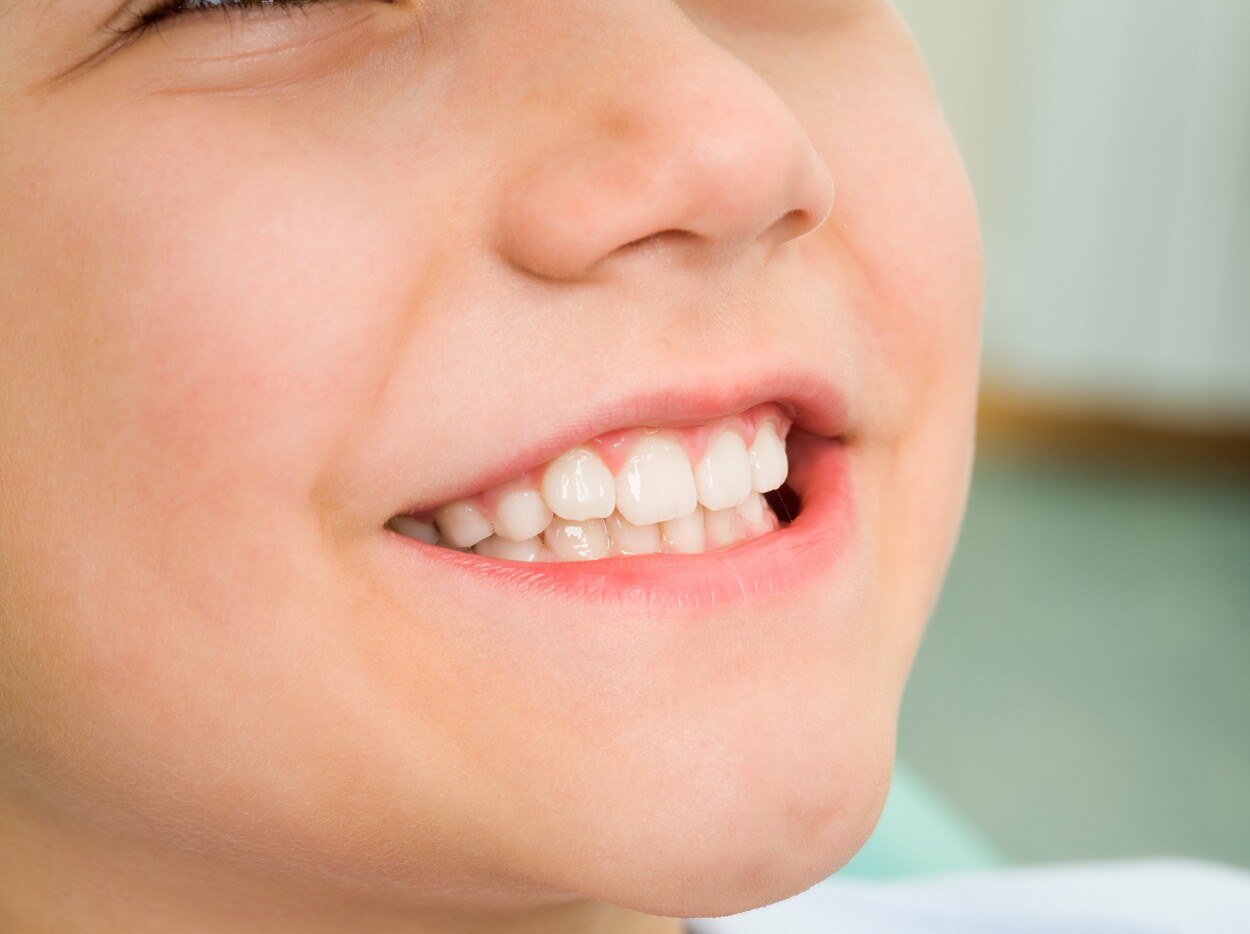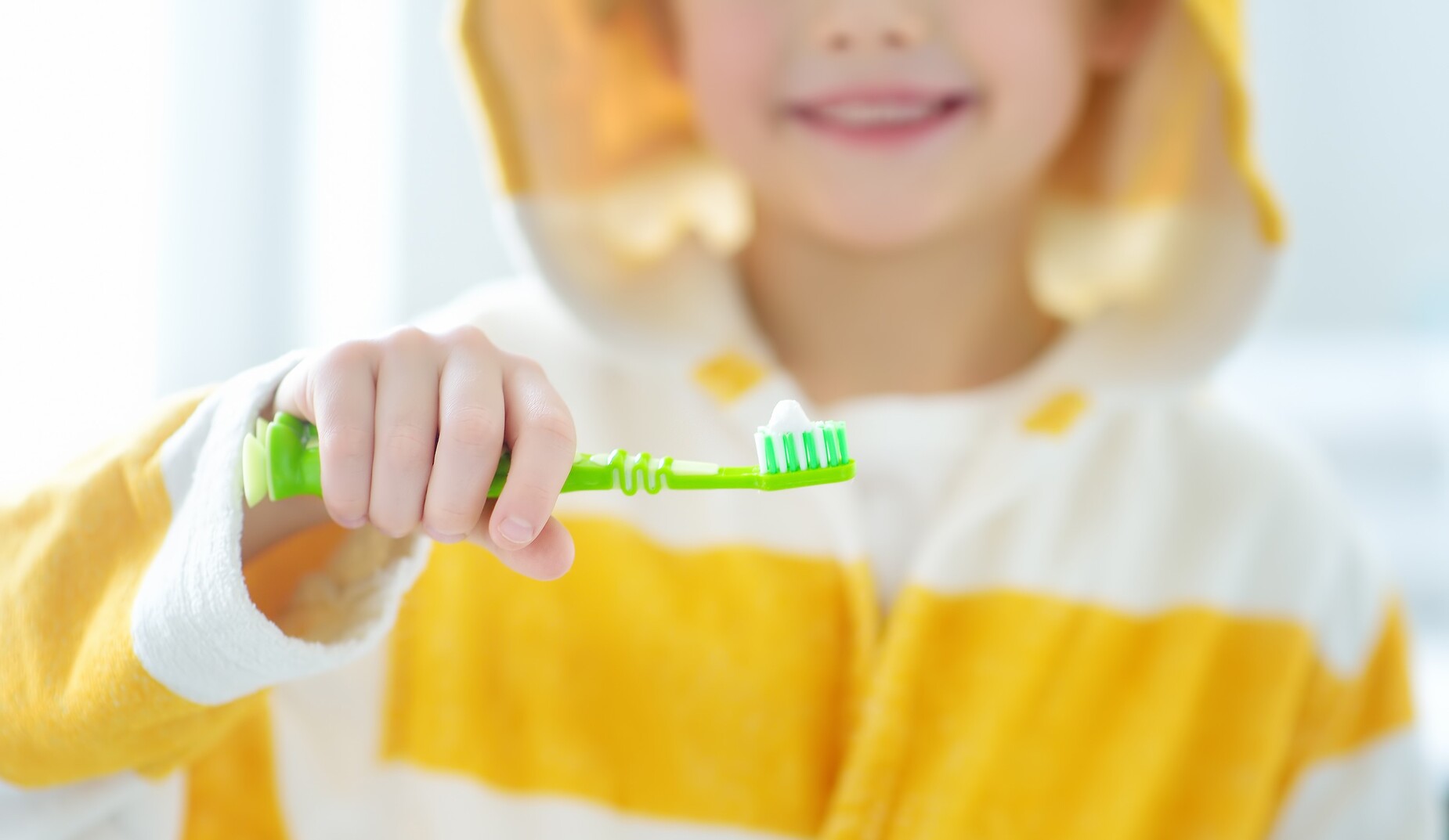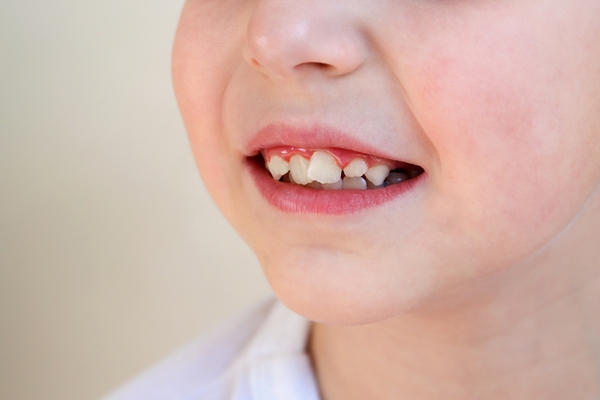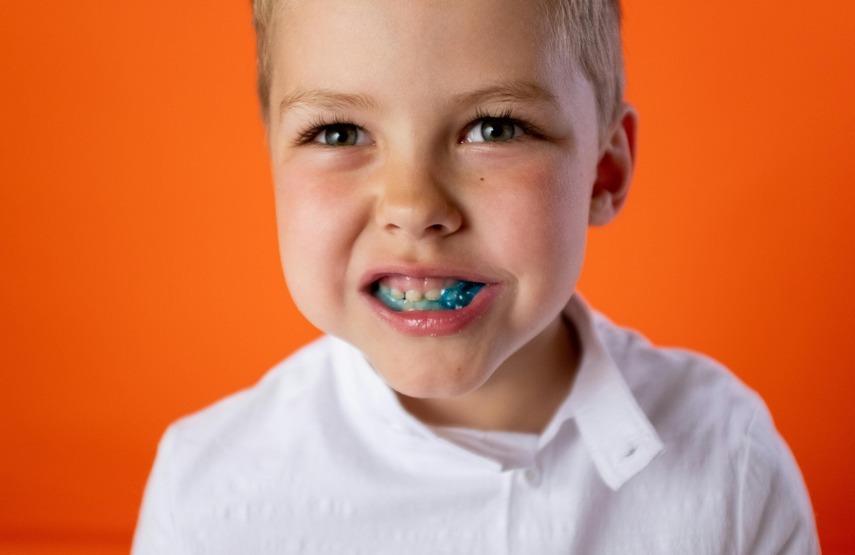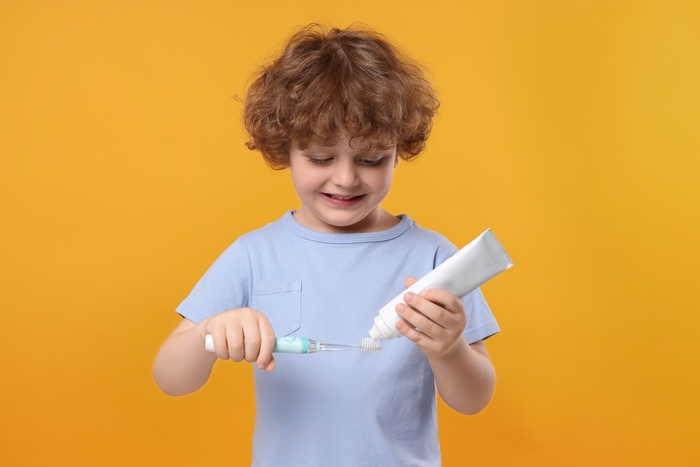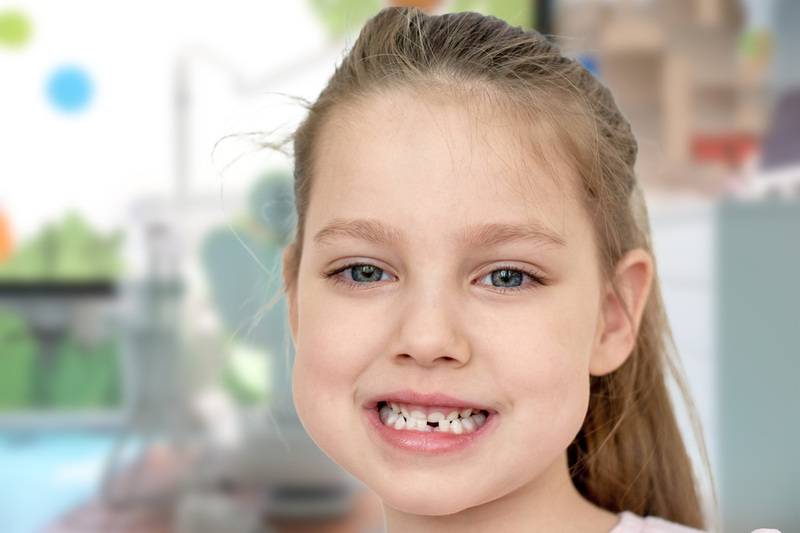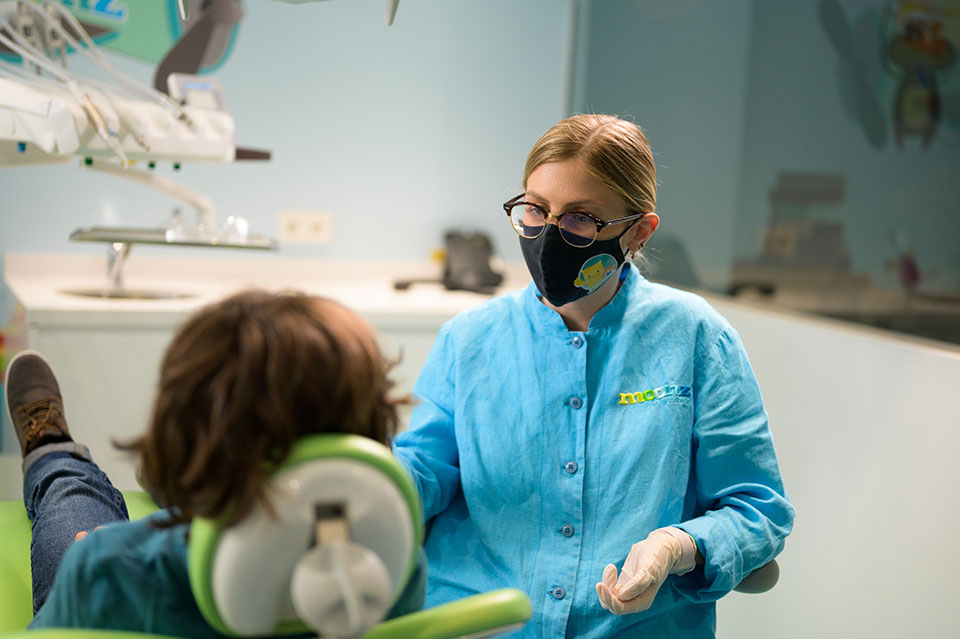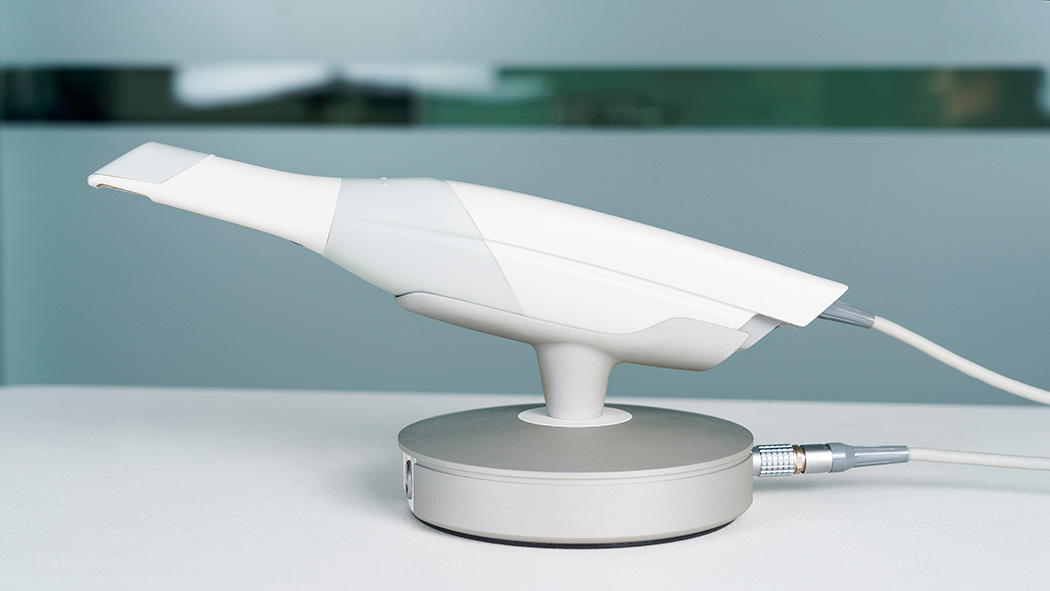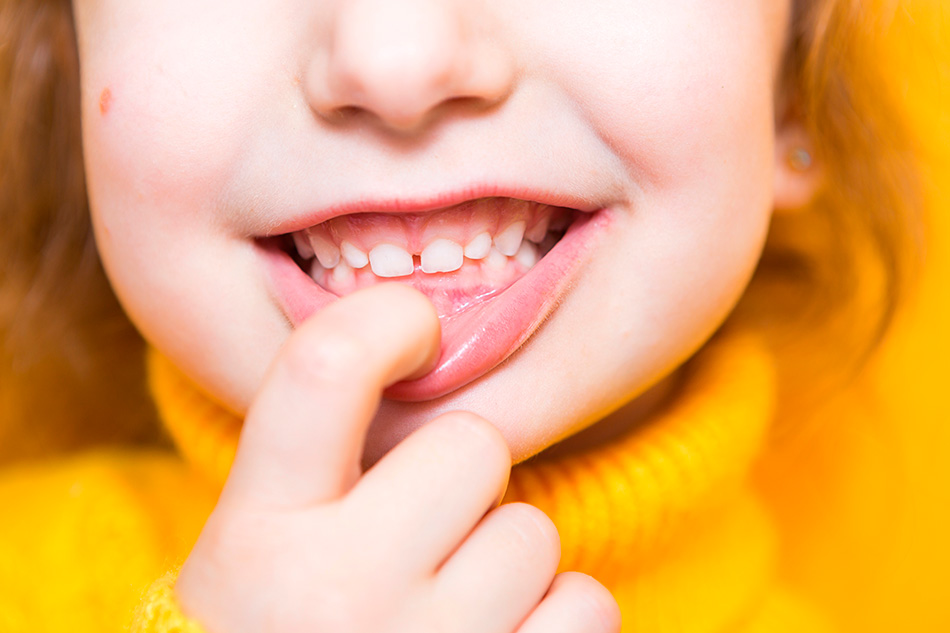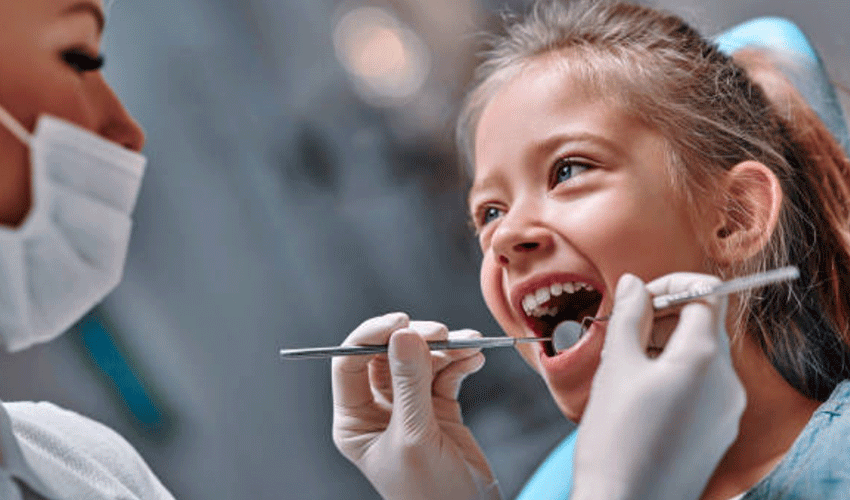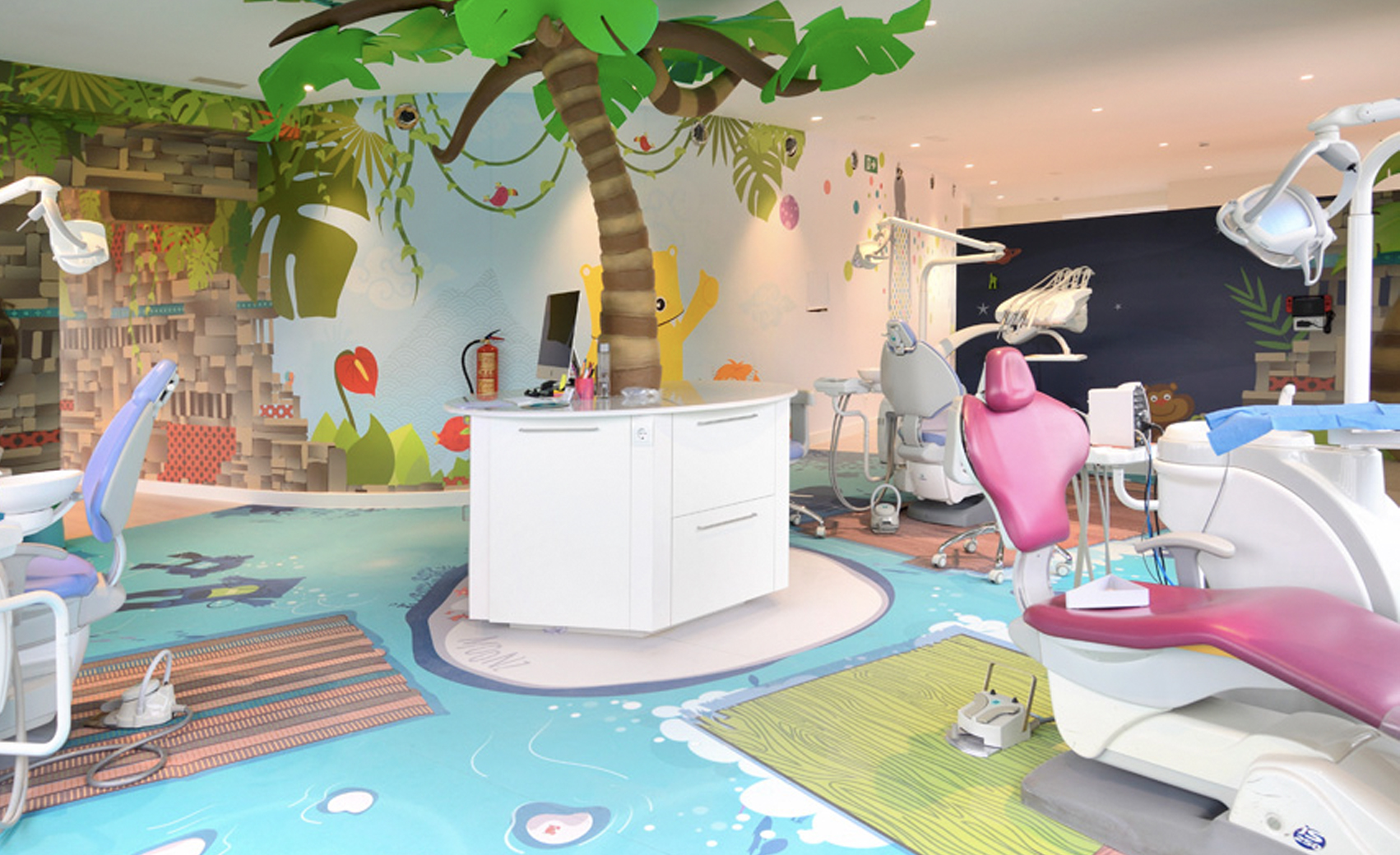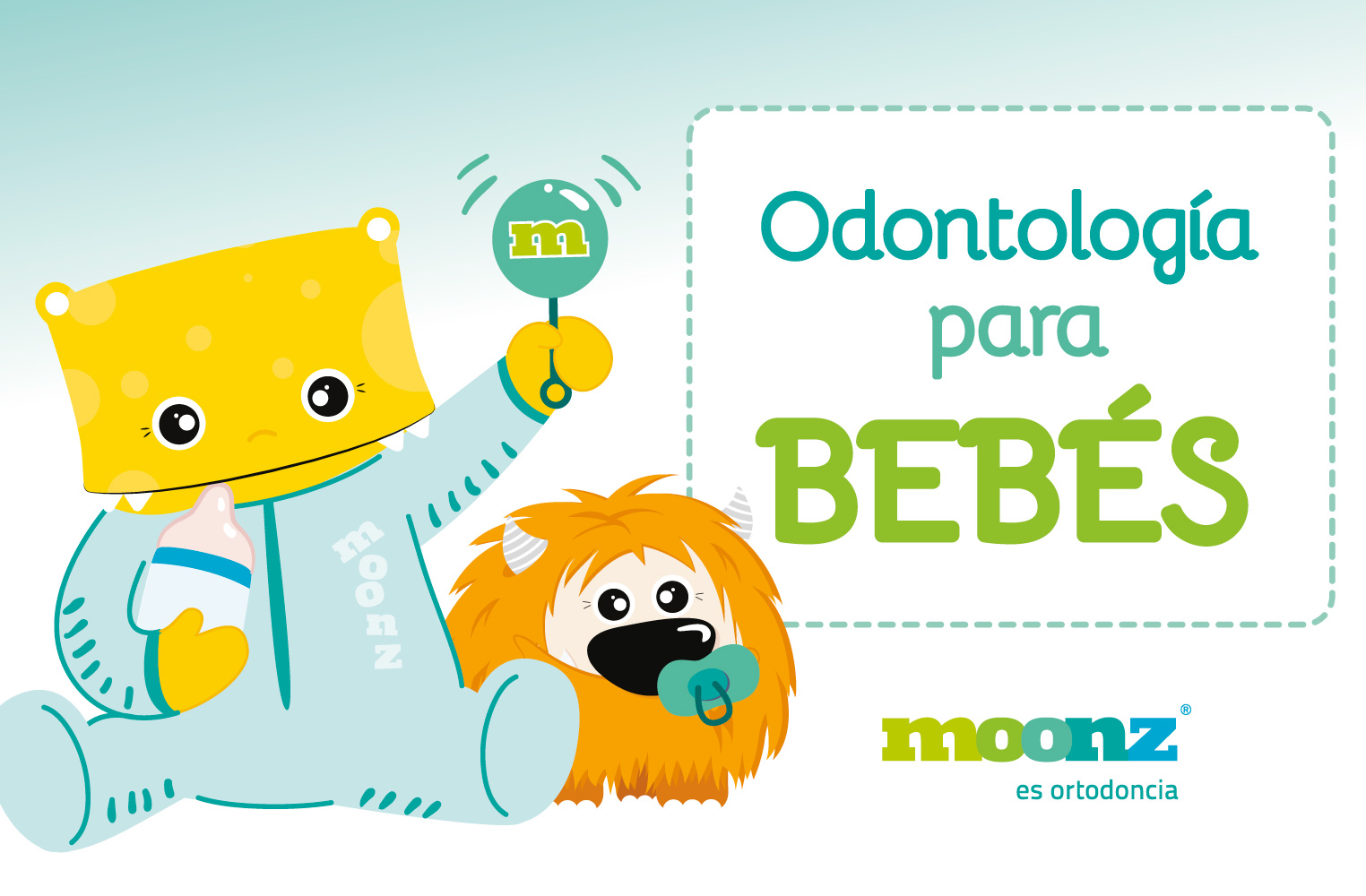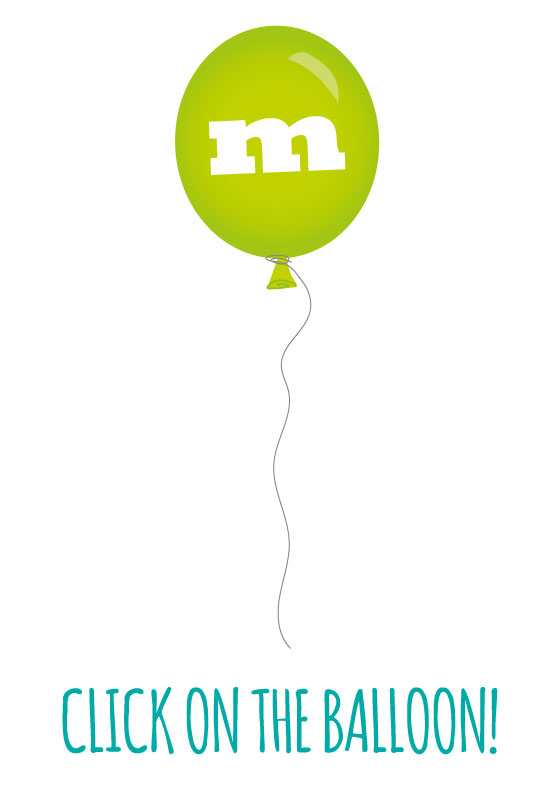Treatments > Interceptive orthodontics
Interceptive orthodontics
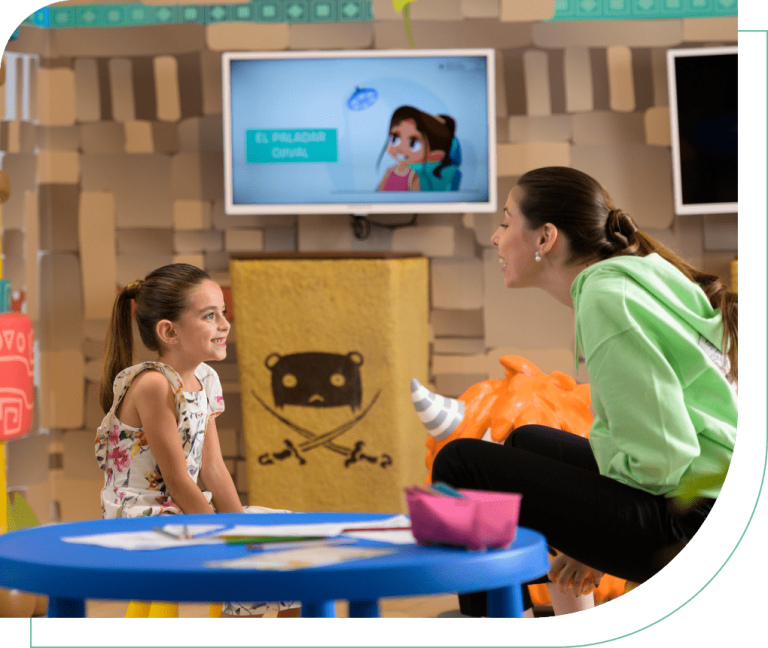
What is orthopaedics?
Orthopaedics includes all treatments aimed at guiding and correcting the growth of maxillary bones (upper jaw and lower jaw).
Orthopaedic appliances are fitted on children at age 5 or 6. At this age, the bone structures are still developing and are much easier to correct.
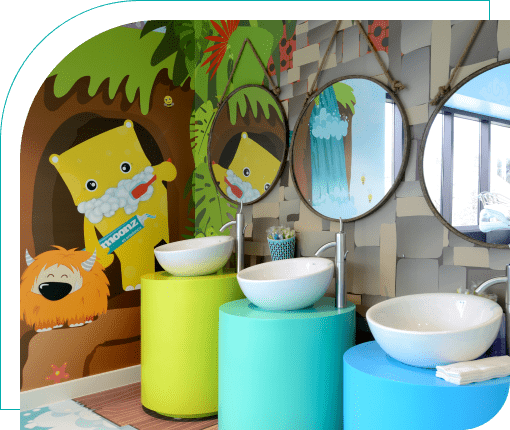
Why are interceptive orthodontic and orthopaedic treatments so important?
The importance of interceptive orthodontic and orthopaedic treatments lies, precisely, on preventing having to face greater problems later on.
If preventive treatments are not administered early, children will reach puberty with maxillary bone discrepancies (incorrect position or size). This may cause a great deal of issues that affect eating, speaking or breathing. And of course, may also affect the child’s appearance.
Also, by not receiving an interceptive orthodontic treatment early will also make future treatments more complex, longer and expensive, as the bones have already developed and we can no take non-invasive corrective actions.
For example, some malocclusions that occur during childhood can be corrected by wearing an appliance for less than a year. If a child is not treated at an early age, as an adult, the only way to correct the malocclusion may be with invasive surgery: orthognathic surgery.
At Moonz we have compiled data about the treatments we have administered to our patients: we have reduced premolar extractions by 93% and impacted canine tooth surgery by 82% thanks to early treatment.


What problems are corrected using orthopaedic appliances?
Orthopaedic appliances are used for two purposes: improve the harmony of the maxillary bones (in terms of size and position) and prevent future problems. This way, some of the irregularities corrected are:
- Upper or lower jaw positioned too forward or back. This leads to class II (upper jaw forward) or class III (lower jaw forward).
- Upper or lower jaw that is not developing properly, either due to excess or a defect. For example, this could evolve into a pointed or narrow palate.


Do you want to learn about Moonz?
Professionals dedicated to orthodontics for over 12 years.

Types of interceptive orthodontic and orthopaedic treatments
Depending on the child’s problem, one or another type of treatment will be applied. We can differentiate between fixed and removable devices.
Fixed devices
- Palate expander
- Lower jaw extending device
Removable devices
- Removable plate: also known as false palate. In addition to correcting bone growth, it prevents certain habits in children that affect palate development such as the habit of thumb sucking. To prevent this from happening, the removable plate can be equipped with a grille.
- Face mask
- Anchorage for headgear
- Functional appliances
Frequently asked questions
Dentists recommend beginning interceptive orthodontic treatment at age 6, although it can be administered up to age 9. In other words, sometimes treatments are started early, before any of the permanent teeth have emerged.
Like any other treatment, the duration will depend on the severity of the problem being treated. However, in most cases, the approximate duration is between 12 and 18 months. In other words, as long as the patient follows the treatment prescribed by the professional and the device is worn correctly and for the prescribed length of time.
After undergoing an interceptive orthodontic treatment, will another orthodontic treatment be required?
Generally, interceptive orthodontic treatments require a subsequent orthodontic treatment with braces or aligners. This is because early orthodontic treatments are designed to correct bone growth. In turn, braces or aligners are designed to correct the position of the teeth.
That said, this does not mean that an interceptive orthodontic treatment is not required. If this treatment is not provided at the right time, bone growth problems are much harder to correct when you get older.
That is, simply aligning the teeth will not correct the malocclusion and the patient may need to have teeth extracted, undergo surgical procedures or even orthognathic surgery may be required.
Interceptive, orthopaedic and corrective orthodontic treatments are often confused. However, these treatments are complementary and are not the same. The first two are only applied between the ages of 6 and 9 and are designed to control habits and on jaw bone development.
On the other hand, corrective orthodontic treatments (braces and clear aligners) are applied after the interceptive treatment and act directly on the teeth to correct their position. In other words, it is administered once all the permanent teeth have emerged.
This way, the combination of both treatments will result in a beautiful and functional smile.
Contenido supervisado por nuestro equipo Moonz

![]() Dra. Elena Lisa
Dra. Elena Lisa
Dr Elena Lisa has a degree in dentistry from the European University of Madrid and is qualified in orthodontics and Dentofacial Orthopaedics by Hospital San Rafael of Madrid. Since 2010, she has been working exclusively as an orthodontist and has extensive experience in the most demanded orthodontic systems: clear aligners (Invisalign and Spark), lingual orthodontics (Incognito) and self-ligating braces (Damon). She is also a member of the Spanish Orthodontic Society (SEDO).





